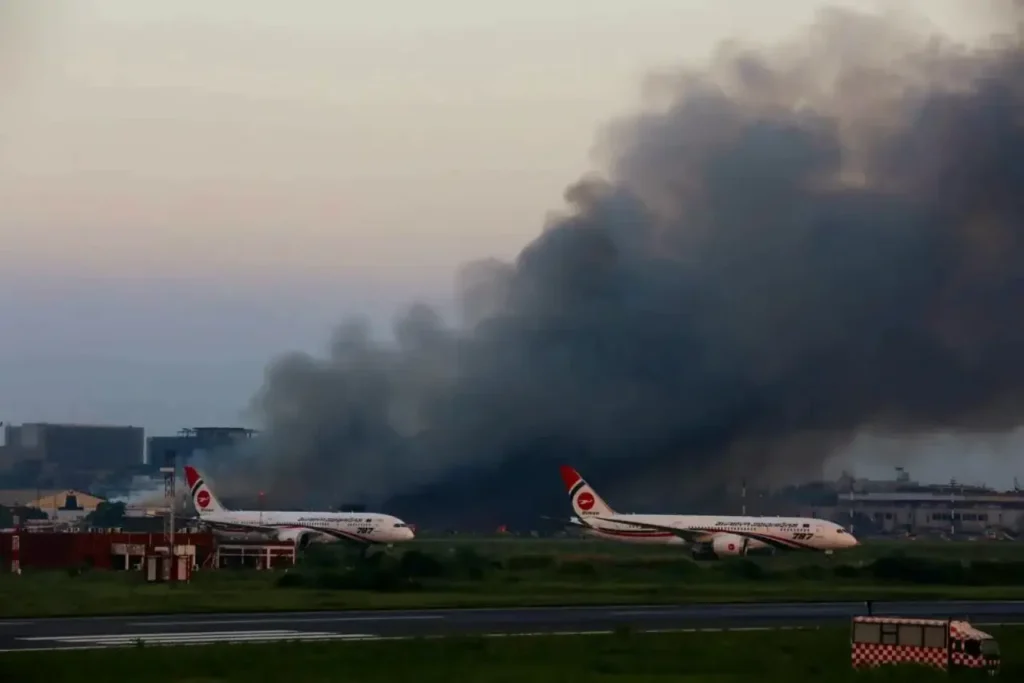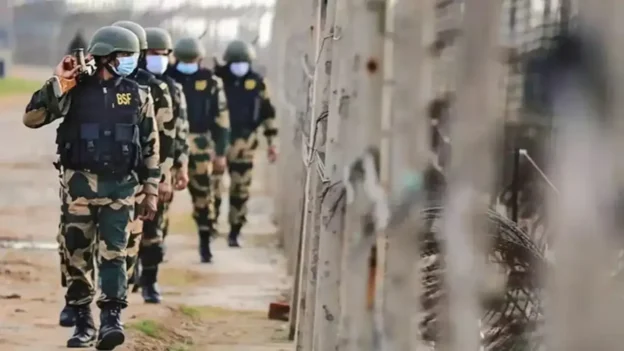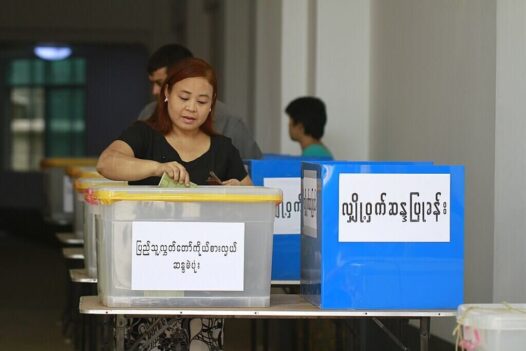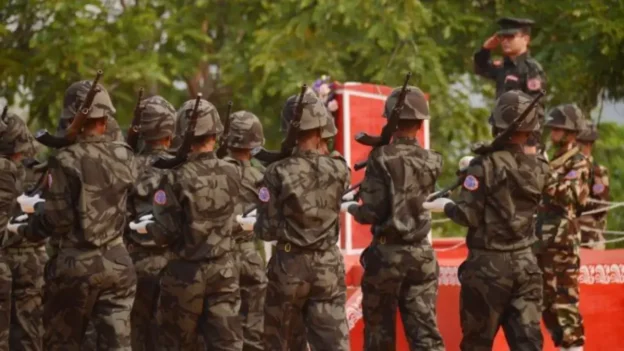A succession of major fires across Bangladesh has exposed serious shortcomings in governance, safety oversight, and emergency preparedness — leaving hundreds dead or missing, undermining public confidence, and raising urgent questions about the country’s capacity to protect its people and economy.
From Gazipur to Chittagong, from Mirpur to Hazrat Shahjalal International Airport, a series of fires has devastated factories, schools, warehouses, and cargo terminals, with survivors, locals, and experts pointing to systemic failures under the interim administration led by Professor Muhammad Yunus.
On 24 August 2024, the Gazi Tire Factory in Gazipur erupted following a looting incident, leaving 182 workers missing.
Survivors described chaos and horror. “There were no alarms, no exits, no guidance. People screamed as the flames consumed everything. I saw colleagues trapped — some never came out,” said a worker who survived the fire.
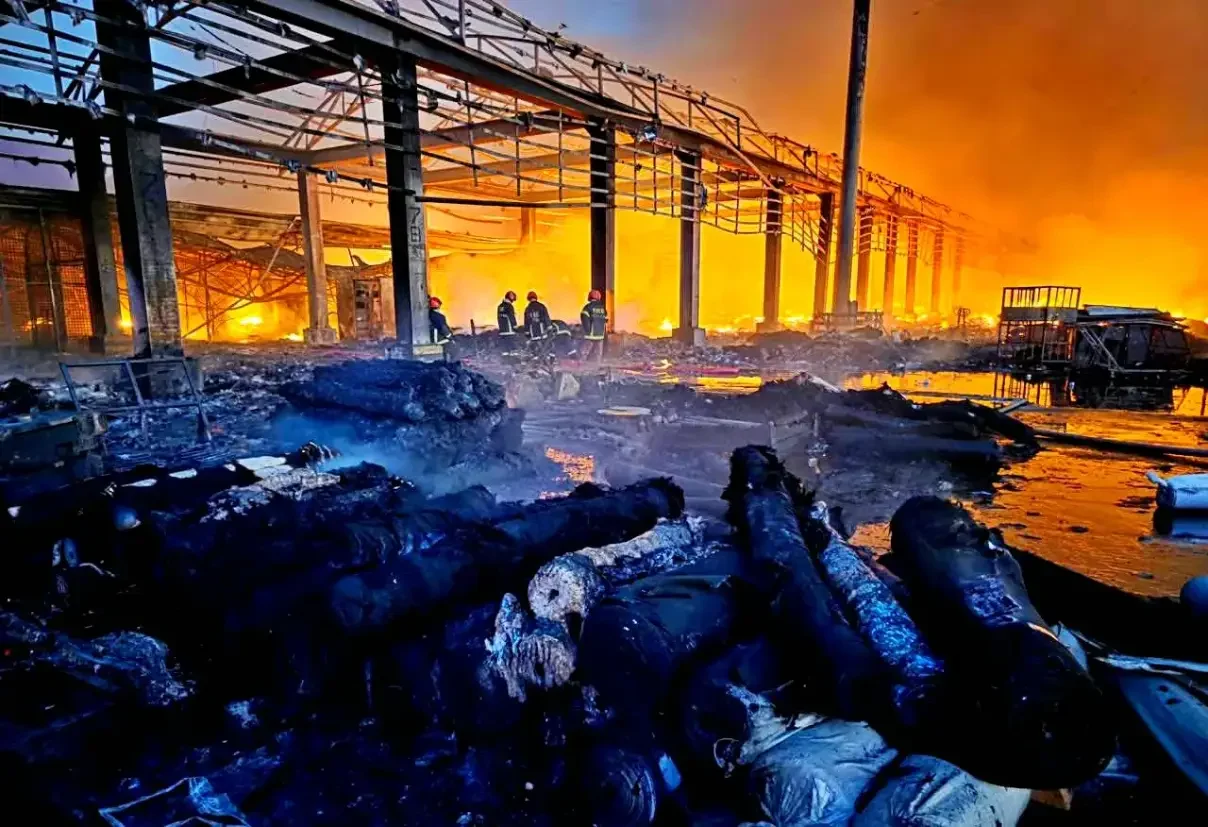
On 13 October 2024, an LPG tanker at Kutubdia ignited, highlighting lapses in maritime safety.
February 2025 saw a jute warehouse destroyed in Narayanganj EPZ, halting exports and exposing regulatory deficiencies.
On 14 October 2025, a garment factory in Mirpur, Dhaka, burned, claiming 16 lives as workers were trapped behind locked doors amid toxic fumes.
“They locked the doors from outside. My brother called for help, but no one came. This was murder by negligence,” said Humayun Kabir, whose brother was among the victims.
Two days later, a towel factory in Chittagong EPZ was engulfed in flames, disrupting production and paralyzing neighborhoods.
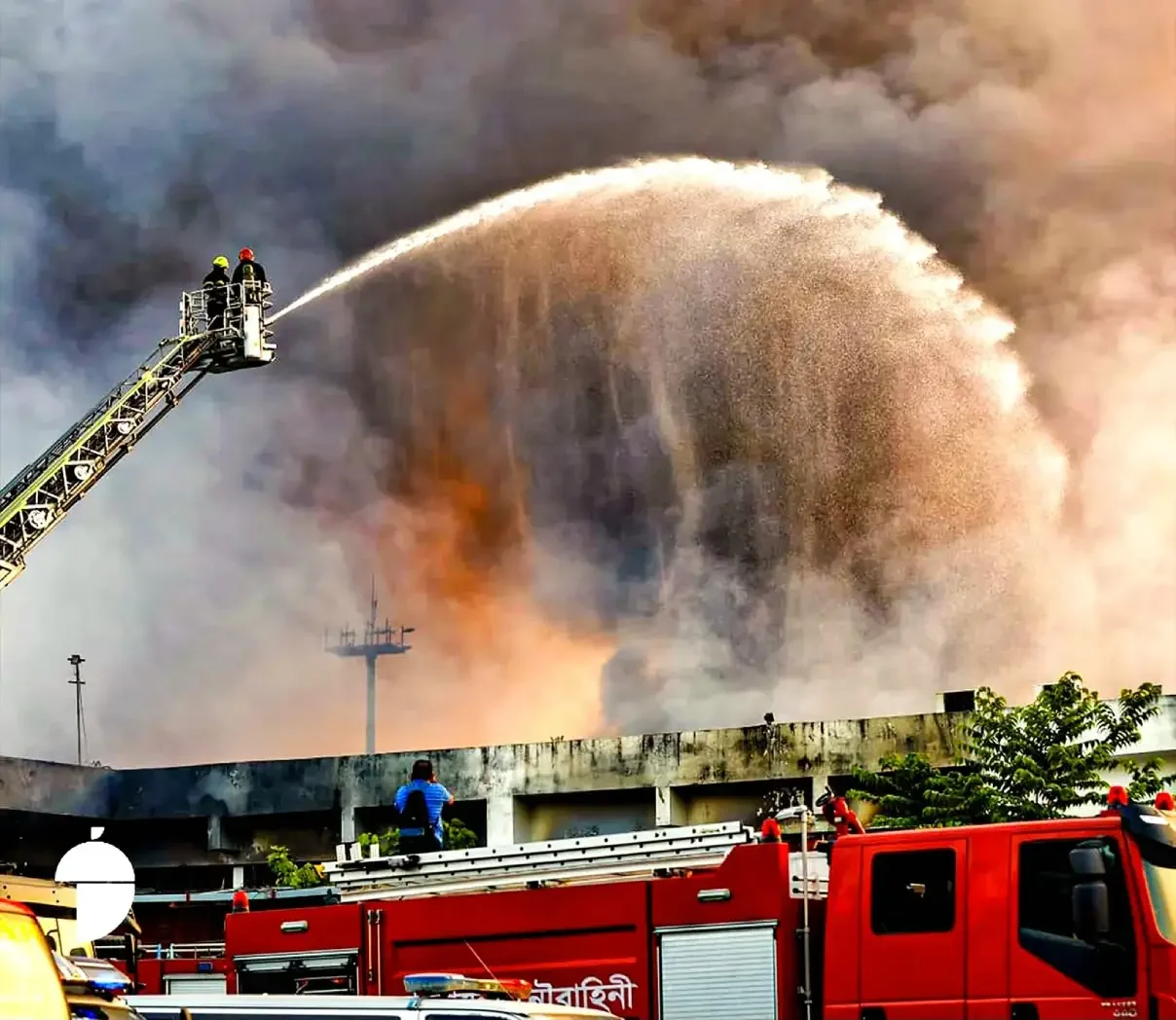
“We couldn’t breathe. Children were coughing. I ran into the factory to pull people out. The fire service arrived too late — we had to act ourselves,” said local resident Anwar Hossain, recounting the ordeal.
The most devastating tragedy occurred at Milestone School on July 21, where fire killed 36 people, including 32 students, three teachers, and the pilot of a school aircraft, leaving at least 173 injured, many critically.
Parents described a scene of horror. “I couldn’t find my daughter for hours. The screams, the smoke — it was chaos. My child survived, but so many didn’t,” said parent Farhana Rahman.
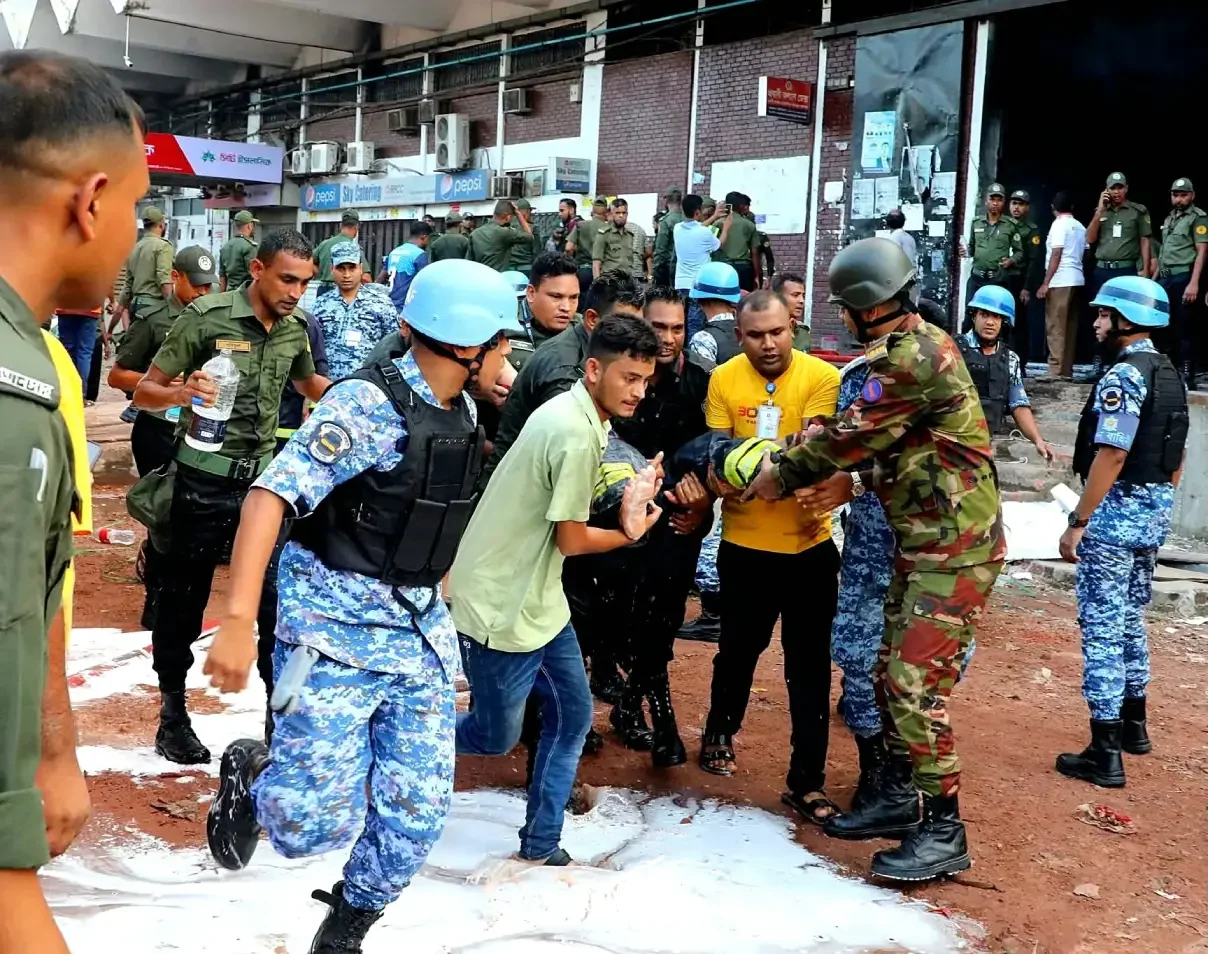
Other incidents include a chemical warehouse blaze in Tongi injuring five firefighters on 23 September, fires in illegal lead factories in Narsingdi on October 12 , and the 18 October fire at the Hazrat Shahjalal International Airport cargo terminal, which halted flights and injured 25 Ansar personnel.
Firefighters report that initial bureaucratic delays blocked their access. “We risked our lives, but were denied timely entry. Every second mattered — the delay cost lives and property,” said a firefighter, speaking on condition of anonymity.
Economists caution that repeated industrial fires threaten the garment sector, responsible for over 80% of exports, undermining global supply chains.
“We have witnessed a devastating scene inside,” said Faisal Samad, director of the Bangladesh Garment Manufacturers and Exporters Association (BGMEA).
“The entire import section has been reduced to ashes,” he said, estimating losses could reach as high as $1 billion.Among the destroyed goods are “urgent air shipments,” including garments, raw materials, and product samples, added Inamul Haq Khan, senior vice-president of BGMEA.
He warned that the loss of samples could jeopardise future business in the country’s crucial garment industry, worth $47 billion per year.
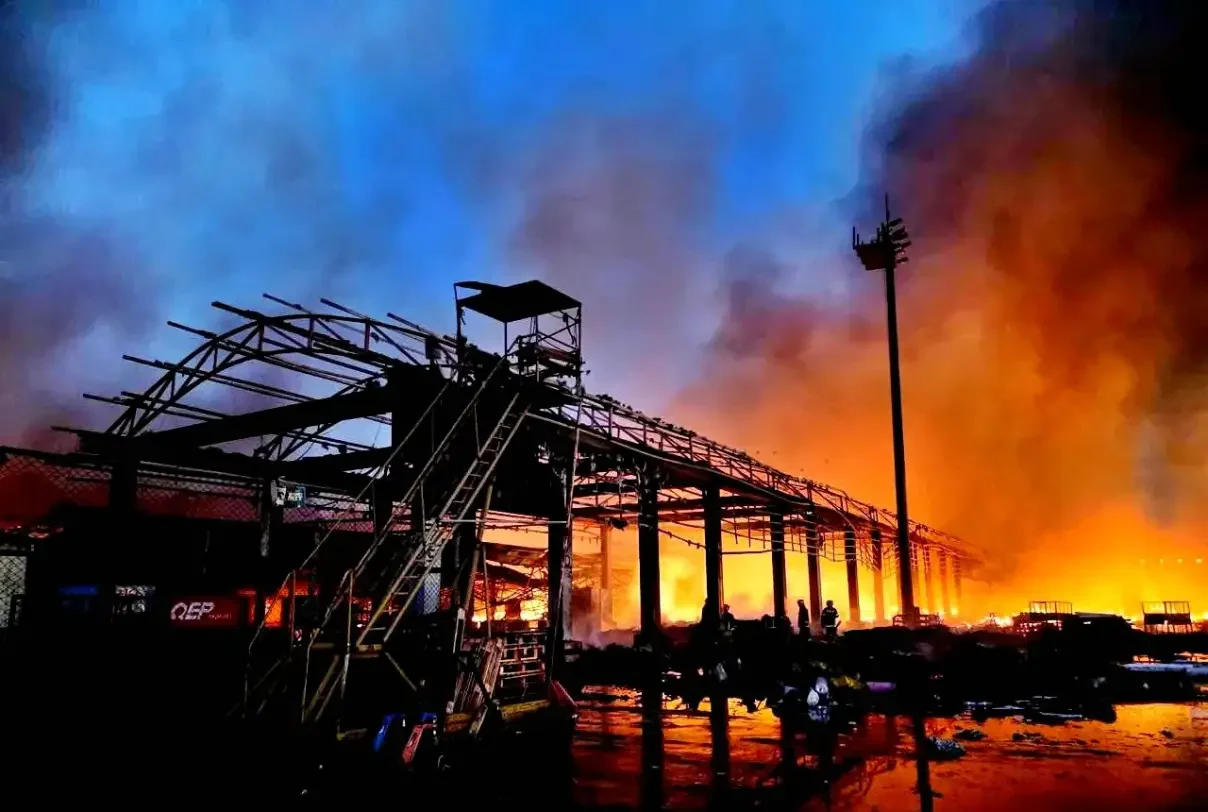
“These samples are essential for securing new buyers and expanding orders. Losing them means our members may miss out on future opportunities,” he said, emphasizing that such repeated fires signal systemic failures in governance and safety that could erode investor confidence and threaten Bangladesh’s position in global supply chains.
“Global supply chains, foreign investment, and international credibility are at serious risk,” said the BGMEA official.
“The coming weeks will determine whether Bangladesh fortifies its resilience or slides further into a cycle of recurring catastrophes, human suffering, and institutional collapse.”

